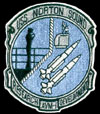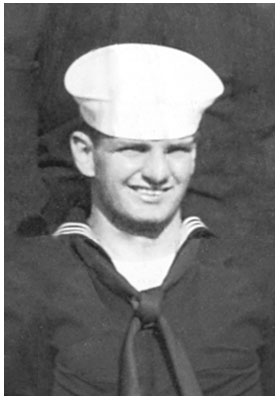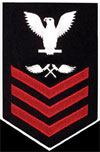| North
High School Wall of Honor Robert Warren Niffenegger Would have graduated Class of January, 1948 Joined US Navy in October, 1950 |
Niffenegger | |||||||||||||||||||||||||||||||||||||||||||||||||||||||||||||||||||||||||||||||||||||||||||||||||||||
|
Research done by Claradell Shedd, class of 1953. |
||||||||||||||||||||||||||||||||||||||||||||||||||||||||||||||||||||||||||||||||||||||||||||||||||||||
|
||||||||||||||||||||||||||||||||||||||||||||||||||||||||||||||||||||||||||||||||||||||||||||||||||||||
|
||||||||||||||||||||||||||||||||||||||||||||||||||||||||||||||||||||||||||||||||||||||||||||||||||||||
|
||||||||||||||||||||||||||||||||||||||||||||||||||||||||||||||||||||||||||||||||||||||||||||||||||||||
|
||||||||||||||||||||||||||||||||||||||||||||||||||||||||||||||||||||||||||||||||||||||||||||||||||||||
|
||||||||||||||||||||||||||||||||||||||||||||||||||||||||||||||||||||||||||||||||||||||||||||||||||||||
|
||||||||||||||||||||||||||||||||||||||||||||||||||||||||||||||||||||||||||||||||||||||||||||||||||||||
| ***Port Hueneme,
Channel Islands, CA Naval Base Ventura County (NBVC) is a United States Navy base located near Oxnard, California. The base was formed in 2000 through the merger of Naval Air Station Point Mugu and Naval Construction Battalion Center Port Hueneme. NBVC is a diverse installation comprising three main facilities—Point Mugu, Port Hueneme and San Nicolas Island—and serving as an all-in-one mobilization site, deep water port, railhead, and airfield. NBVC supports more than 100 tenant commands with a base population of more than 19,000 personnel, making it the largest employer in Ventura County. The facility at Port Hueneme was built as a temporary depot in the early days of World War II to train, stage, and supply the newly created Seabees. The base was officially established and began operating May 18, 1942 as the Advance Base Depot. In 1945 the Advance Base Depot was renamed the Naval Construction Battalion Center. During the Korean War, almost all Navy construction equipment and supplies for the war were routed through CBC Port Hueneme. ****USS Norton Sound (AVM-1) USS Norton Sound (AV-11/AVM-1) was originally built as a Currituck-class seaplane tender by Los Angeles Shipbuilding and Dry Dock Company, San Pedro, California. She was named for Norton Sound, a large inlet in West Alaska, between the Seward Peninsula and the mouths of the Yukon, north-east of the Bering Sea.[ After Pacific shakedown, the new seaplane tender stood out from San Diego 26 February 1945 and steamed for Pearl Harbor, Hawaii. She reported to Commander, Marshall-Gilbert Area for training in mid-March, and she arrived Saipan 1 April 1945 to provide seaplane tending services. Norton Sound anchored 1 May 1945 at Aka Kaikyo, Kerama Retto, and by 21 June 1945 had assisted in downing three hostile air raiders. Air alerts continued until midnight, 14 August 1945. Word of the Japanese surrender arrived eight hours later, and into September the tender engaged in upkeep and air operations at Okinawa. She steamed for Sasebo, Japan 21 September 1945, returning to Okinawa one week later. Norton Sound called at Shanghai, China 1 October 1945, and by the 23rd of that month she was at Tsingtao, where she tended seaplanes until 7 November 1945. The next day she anchored at Shanghai, and from then until April 1946, she remained on duty with the occupation forces between China and Japan. Norton Sound departed Tokyo Bay 7 April 1946 for Norfolk, Virginia. After overhaul there she joined the Atlantic Fleet. She operated off the east coast until October 1947, when she steamed for San Diego to rejoin the Pacific Fleet. Norton Sound received two battle stars for World War II service. Later Norton Sound was converted to a missile-launching platform. She was in Philadelphia Naval Shipyard in 1948 for seven months while equipment was installed for handling, stowing, launching, and controlling guided missiles. Upon completion of her modifications in October 1948, Norton Sound steamed for her new homeport of Port Hueneme, California. En route she conducted tests with Skyhook balloons. Off the coast of Southern California she underwent a missile training program. Late that Autumn Norton Sound launched a training missile, marking the beginning of the Navy’s use of shipborne guided missiles. After launching equipment for Aerobee rockets was installed[2] at Long Beach Naval Shipyard in February 1949, she steamed to equatorial waters off the South American coast and launched two Aerobees. These launchings provided information on the earth’s radiation belt. On 1 July 1949, Norton Sound headed for the geomagnetic equator 1,500 miles (2,400 km) south of Hawaii, and conducted tests with seventeen Skyhook balloons and nine smaller balloon clusters, all carrying scientific instrumentation packages. After modifications in February and March 1950 at San Francisco Naval Shipyard, Norton Sound launched a five-ton Viking rocket 11 May in Project Reach. This rocket carried a 500-pound instrumentation package to an altitude of 106.4 miles (171 km), and provided data on cosmic rays. Project "Reach" concluded the first phase of Norton Sound's use as a missile platform. In the fall of 1950 Norton Sound underwent a four-month overhaul at San Francisco Naval Shipyard. New Terrier missile handling, launching, stowage, and guidance systems were installed, and she was reclassified AVM-1 on 8 August 1951. This was the first of three extensive alterations accomplished through 1955. Test launchings of Terrier and Tartar missiles continued through 1958. NOTE: A helicopter deck forward was fitted during the initial conversion in 1948 and removed in 1957. Also, in early 1950, the USS Norton Sound participated in the Aerobee cold weather trials. |
||||||||||||||||||||||||||||||||||||||||||||||||||||||||||||||||||||||||||||||||||||||||||||||||||||||
|
||||||||||||||||||||||||||||||||||||||||||||||||||||||||||||||||||||||||||||||||||||||||||||||||||||||
|
||||||||||||||||||||||||||||||||||||||||||||||||||||||||||||||||||||||||||||||||||||||||||||||||||||||
|
||||||||||||||||||||||||||||||||||||||||||||||||||||||||||||||||||||||||||||||||||||||||||||||||||||||
| Died: October 23, 2010. | ||||||||||||||||||||||||||||||||||||||||||||||||||||||||||||||||||||||||||||||||||||||||||||||||||||||
| Music: "Anchors Aweigh" by the U.S Navy Band | ||||||||||||||||||||||||||||||||||||||||||||||||||||||||||||||||||||||||||||||||||||||||||||||||||||||
| Home
|
Back/allyears |
WWI |
WWII |
Korea |
Vietnam |
Afghanistan/Iraq |
Lyrics
|
Refs/Awards |
Contact ©2025-csheddgraphics All rights reserved. All images and content are © copyright of their respective copyright owners. |
||||||||||||||||||||||||||||||||||||||||||||||||||||||||||||||||||||||||||||||||||||||||||||||||||||||
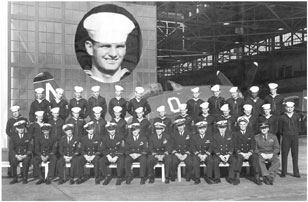
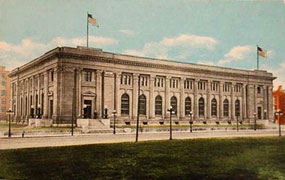
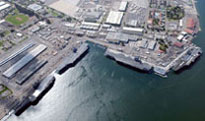
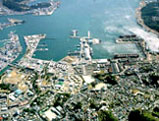
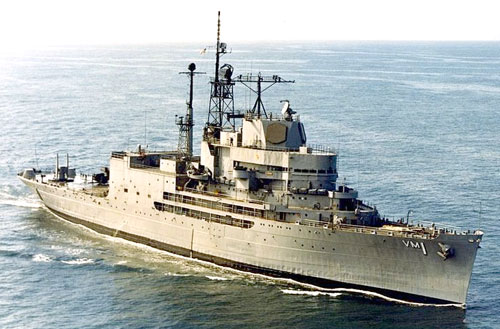

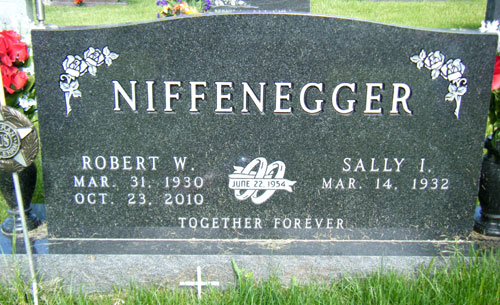
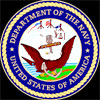
 <br>
<br>